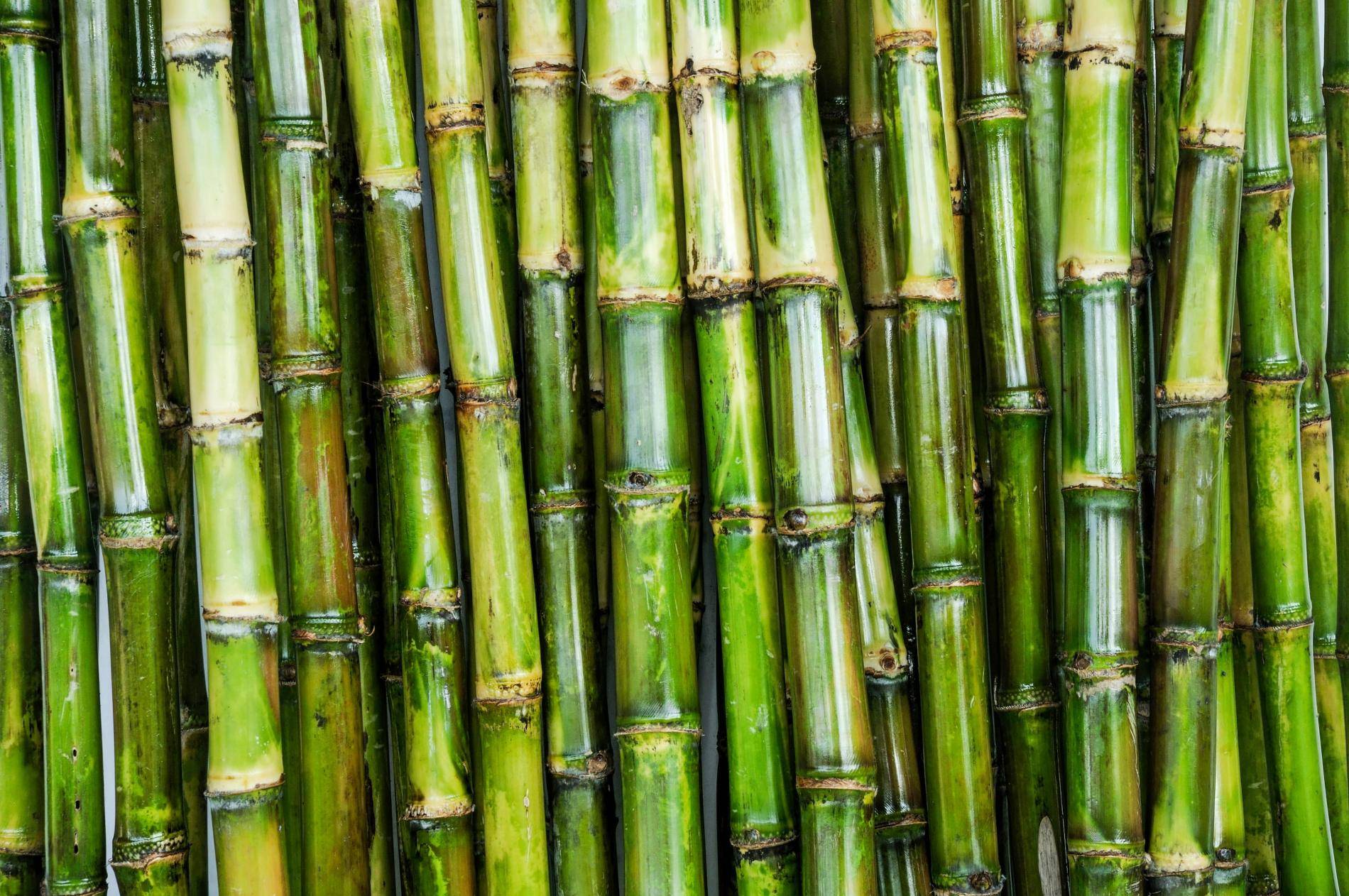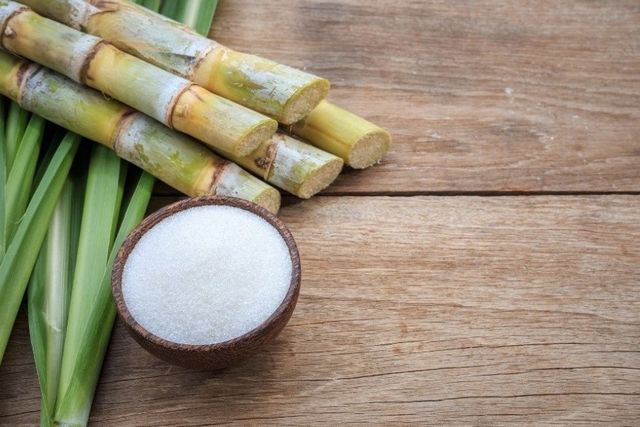Cane Sugar Processing: Trick Technologies for Superior Sugar Production
Cane Sugar Processing: Trick Technologies for Superior Sugar Production
Blog Article
Understanding the Essential Methods and Technologies Used in Modern Walking Stick Sugar Handling
The development of cane sugar handling has been significantly formed by the assimilation of advanced methods and innovations that deal with both efficiency and sustainability. As we check out these crucial innovations, it becomes essential to analyze exactly how they not only enhance production but additionally straighten with more comprehensive market patterns and customer needs, elevating concerns regarding the future of sugar processing and its implications for global markets.
Historical Context of Walking Cane Sugar Processing
The historical context of cane sugar handling exposes an abundant tapestry of farming advancement and cultural exchange that has actually formed its development over centuries. Coming From Southeast Asia, sugarcane was cultivated as early as 8000 BCE - Cane Sugar Processing. The process of extracting and improving sugar gained energy in India, where methods for crystallization were improved around the 6th century. This expertise went across to the Middle East, and by the 12th century, sugar came to be a valued product in Europe, leading to the facility of sugar ranches in the Mediterranean.

Advanced Extraction Strategies
Effectiveness in walking cane sugar extraction has actually seen significant improvements, driven by the requirement for greater yields and lower manufacturing expenses. Conventional approaches have evolved, paving the way to ingenious technologies that improve the efficiency of the removal process. One significant improvement is the usage of enzyme-assisted extraction, where details enzymes damage down cell walls and launch more sucrose from the cane fibers. This method not just raises sugar yield but likewise decreases the power needed for handling.
Additionally, the adoption of membrane filtration innovations, such as nanofiltration and turn around osmosis, has reinvented the splitting up of sugar from pollutants. These approaches enable the selective permeation of sugar particles while keeping larger contaminants, streamlining the removal process and decreasing waste.
Furthermore, the integration of constant extraction systems has caused enhanced operational efficiency. Cane Sugar Processing. These systems maintain a consistent circulation of walking stick material, ensuring optimal removal problems and decreasing downtime connected with batch handling
Ingenious Refining Technologies
Refining techniques in walking cane sugar handling have undertaken a transformative change, driven by the demand for higher purity and enhanced item quality. Among one of the most significant innovations is the fostering of membrane layer filtration innovations, such as ultrafiltration and nanofiltration. These procedures successfully eliminate pollutants and colorants without the demand for considerable chemical treatments, therefore maintaining the sugar's all-natural flavor and improving its charm.
Another substantial development is using ion exchange resins, which permit discerning removal of unwanted ions from sugar options. This technology not just increases the total purity of the final item however additionally adds to reduced waste and environmental impact.
In addition, improvements in adsorption techniques, making use of triggered carbon and various other sophisticated materials, have actually shown effective in decolorizing sugar remedies while maintaining optimal high quality. The integration of these innovative refining innovations ensures that suppliers can produce refined sugar with premium quality and preference, meeting the developing preferences of consumers.
Automation and Control Systems
Current improvements in refining modern technologies have actually led the way for considerable enhancements in automation and control systems within walking cane sugar processing centers. These systems make use of sophisticated software application and hardware to improve functional effectiveness, decrease human mistake, and ensure consistent product quality.
Modern automation incorporates numerous parts, consisting of sensors, actuators, and programmable reasoning controllers (PLCs), allowing real-time tracking and control of critical processes. For circumstances, temperature, pressure, and flow prices can be precisely controlled during removal, explanation, and formation stages, optimizing performance and decreasing waste.
In addition, progressed data analytics and machine learning formulas play an essential role in predictive upkeep, allowing drivers to expect equipment failings before they occur. This aggressive strategy not just decreases downtime but additionally prolongs the life-span of machinery.
Furthermore, automation helps with the implementation of Market 4.0 principles, encouraging sugar mills to achieve better connection and data exchange throughout processes. Consequently, decision-making ends up being even more educated and dexterous, eventually improving the general competitiveness of walking stick sugar production. With these advancements, the market is well-positioned to satisfy growing worldwide demands while maintaining operational quality.
Sustainability Practices in Sugar Production
Sustainability methods in sugar production have actually become increasingly necessary as the sector looks for to balance financial viability with environmental duty. As consumer awareness expands he said regarding the environmental effects of agricultural methods, sugar manufacturers are taking on innovative methods to minimize their eco-friendly footprint.
One significant method is the execution of accuracy agriculture techniques, which use information analytics to maximize source use, such as water and plant foods. This lowers waste and decreases the influence on neighborhood ecological communities. Moreover, several producers are transitioning to sustainable energy sources, such as biomass from sugarcane by-products, to power their procedures, consequently lowering dependence on nonrenewable fuel sources.
Water administration techniques are additionally essential; rainwater harvesting and efficient irrigation systems help reduce water deficiency issues. Cane Sugar Processing. Additionally, integrated pest management approaches reduce chemical usage, promoting biodiversity and dirt wellness
Company social responsibility initiatives are arising, with companies purchasing local areas and making sure fair labor practices. By embracing these sustainability techniques, the sugar sector not only enhances its credibility but additionally adds to an extra sustainable agricultural landscape, leading the way for future generations.

Final Thought
In summary, modern-day walking stick sugar processing incorporates a range of innovative methods and technologies that significantly boost sustainability, return, and efficiency. Jointly, these developments position the walking cane sugar sector to meet contemporary needs while resolving essential worldwide difficulties.
The development of cane sugar processing has additional info actually been significantly formed by the integration of innovative methods and technologies that address both efficiency and sustainability.The historic context of walking stick sugar processing exposes an abundant tapestry of farming innovation and cultural exchange that has actually formed its development over centuries. Innovations in milling and refining arised, laying the groundwork for contemporary walking stick sugar processing.Refining strategies in walking cane sugar handling have undertaken a transformative change, driven by the demand for higher purity and enhanced product top quality.In recap, modern-day walking stick sugar processing includes browse around this site an array of sophisticated strategies and technologies that considerably enhance performance, yield, and sustainability.
Report this page